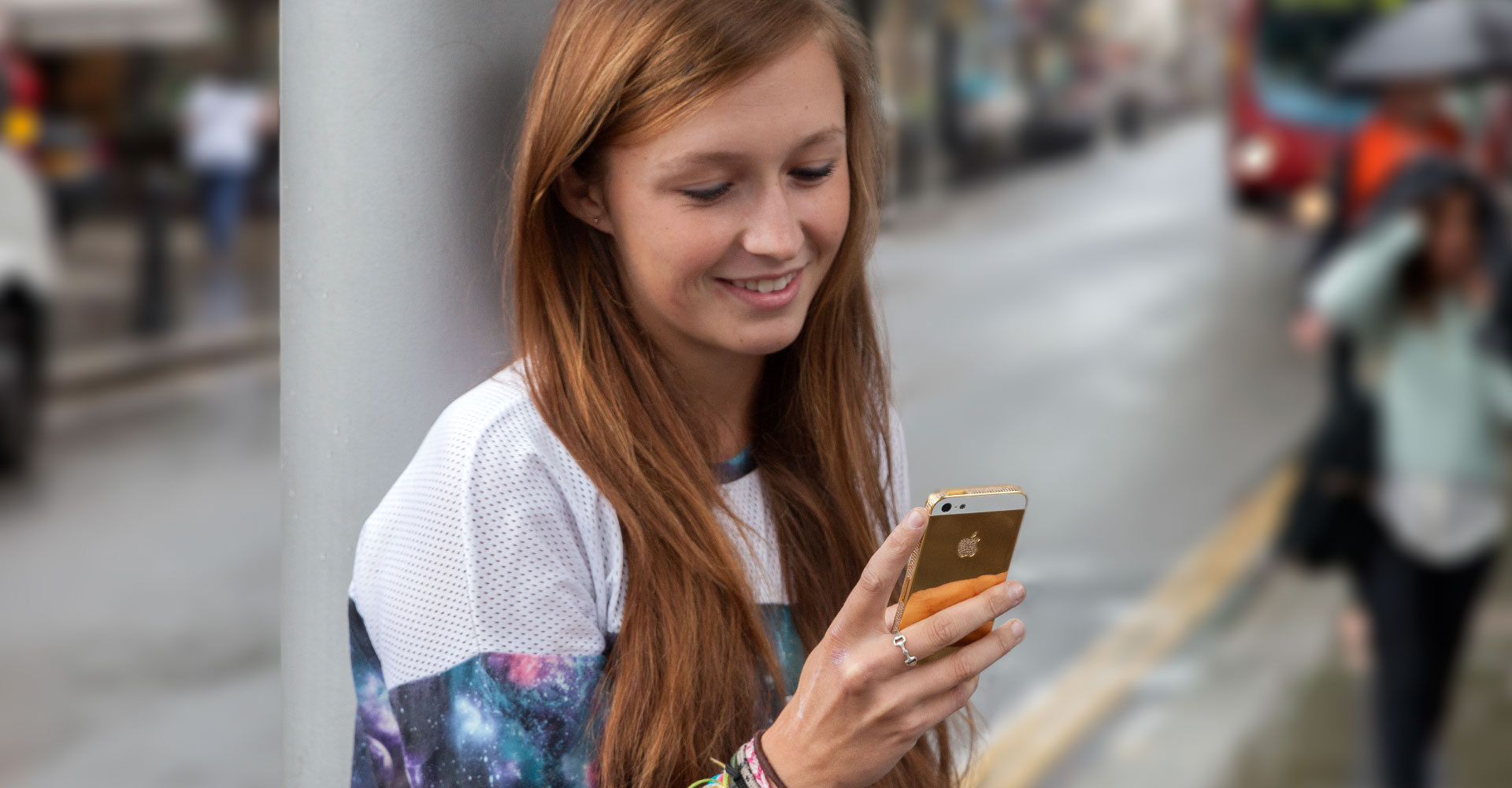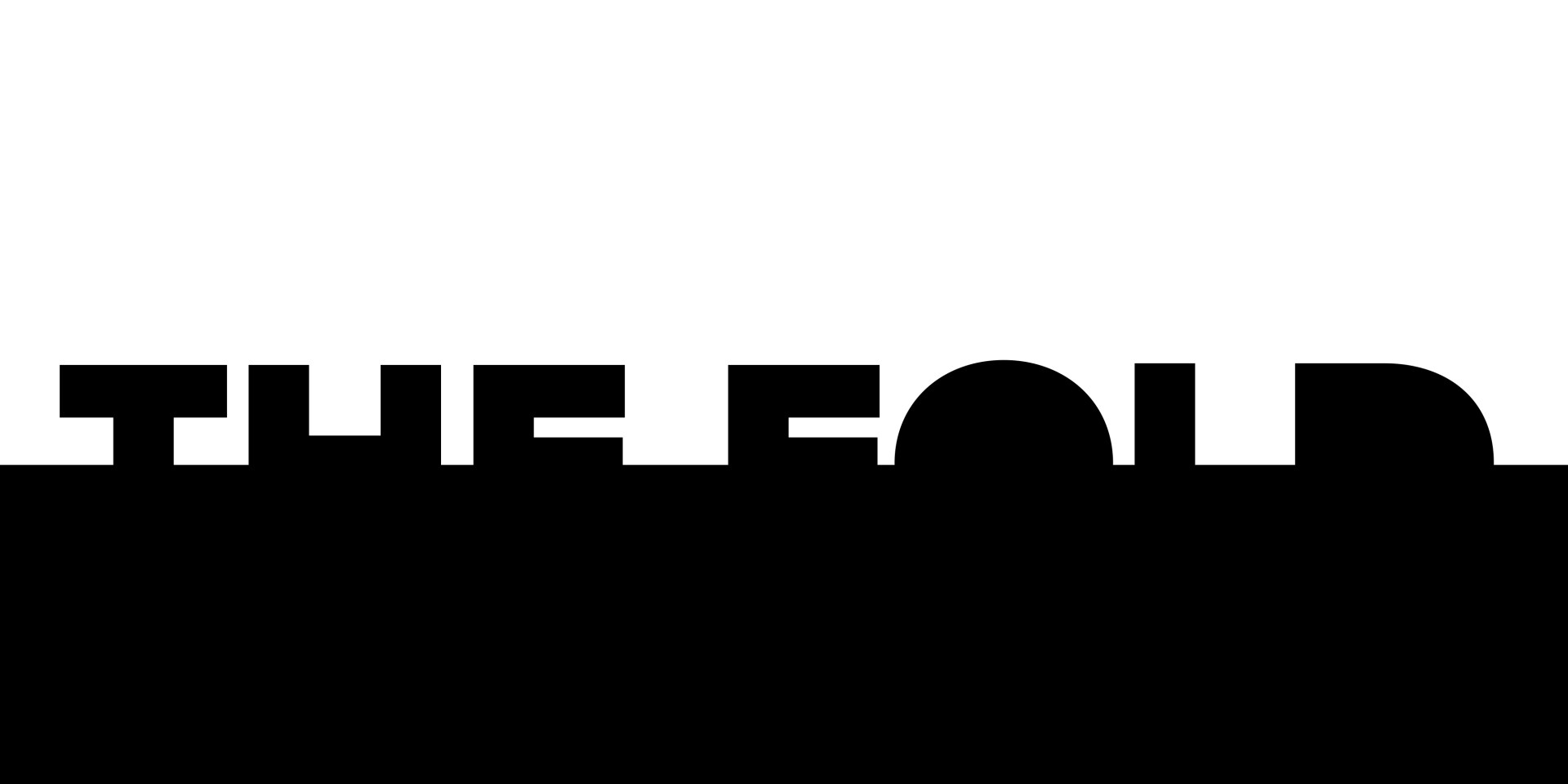

So far in our Client Guide series we have covered some of the fundamental steps in the website design process, from evaluating your website, to creating a brief.
So far in our Client Guide series we have covered some of the fundamental steps in the website design process, from evaluating your website, to creating a brief. Before the design gets underway, there's one more stage of planning to get to grips with.
This is when you step back and look at things from the perspective of those people who are going to use your site to connect with you - your customers.
UX (or user experience) is the science of designing for optimum interaction, and is an essential part of any CRO activities.
Conversion optimisation is a system for increasing the number of visitors who convert to customers, or who take a desired action on a webpage - such as a sign up, call or purchase.
"UX means encouraging users to take pre-defined journeys through your site through to a particular end goal.er experience design is not a one size fits all technique - every person is different, so this practice is about designing to encourage a particular behaviour, rather than forcing that behaviour."
The design is tailored to the specific product, goal or value of the website. The concept of UX is distinct from usability - the latter is the user friendliness of a site - it is easy to navigate or is intuitive - whereas UX considers emotional influence, addressing how a user feels when using that system.
Creating profiles, or personas, based on your target audience is one of the first steps in conversion optimisation. From this you can then form the user journey you want that user to take.
The aim is to understand what your users need, and what they are trying to achieve, solve their pain points and create an exceptional experience.

Before putting together the user journey, get to grips with the people who'll be using your website - these are the personas of your users. To do this, you need to formulate insight into your audience and customer base. It’s highly likely that if you have done any form of marketing at all, you’ll be aware of your target audience!
The insight you’ll need in order to create the persona is based upon:
You can find this by looking at:
Once you have established your main persona or personas, this is where you begin to define the journey each of those will take. Ultimately, this user journey needs to initiate a change in behaviour or serve a need. UX aims to influence consumer behaviour and persuade them to take an action for the benefit of the business or brand.
Consider each of the following for each step:
Once your present these in a way that includes the following:
And then per step:
The user journey feeds into other activities such as wireframing, site architecture and functional specification. Even if you have completed user research and profiling, it is still possible to fall into the trap of designing the hierarchy or structure of the site based on your own experience or needs - at the end of the day, you are not the user.

A user story is a short sentence which encapsulates a need or piece of functionality in the language of the end user. It sums up what the requirement or goal is and the reason for it. It also means requirements are presented in a user-centric way. Formulating user stories can either be granular or topline, giving differing levels of detail.
"The most important thing is to capture the functionality of a particular user requirement. This may mean input from other teams - for example the need of a front end function to perform a back end database change. To this end, creating these user stories is a very useful tool for encouraging discussion between client and project teams."
Today’s digital landscape means that design should be tailored to human need and lifestyle (e.g. multiple channels, optimisation for mobile) and not restricted to the limitations and capabilities of one particular platform (e.g. must be responsive, accessible). The user journey now has a number of digital touchpoints and the consumer lifecycle is much more complex than previously.
Therefore formulating these user journeys is a very valuable exercise in identifying different scenarios in which your customers may find themselves, and ultimately, those that you can influence.
The wireframe is the floorplan for the website - it is stripped of branding and other design elements, and maps out the Content and Layout of each page. A wireframe for each page is created based on the user journey, aimed at turning passive visitors into active users, by encouraging particular actions as they navigate the site.
As we have already mentioned, there is no one size fits all approach in UX, and it's a good idea to spend time testing and trialling different layouts, using techniques such as A/B testing or surveys.
After the journeys have been mapped and the layouts laid down, the silver thread stitching this all together is the consistency of your branding and design. As part of the complete design package, creating a content style guide provides those who will be writing and designing content a framework within which to work.
The Style Guide is a vital part of your branding, ensuring everything sits together in a symbiotic, harmonious, and memorable user experience - just like strawberries and cream or Hawaiian shirts and pina coladas. Or something like that.
If you’re in the process of reviewing your website for a rebuild, or thinking about creating user journeys to help with the design of a new website, read our Client Guide series for in-depth information about the website design process.



If you want to showcase your offering, convert more leads, provide resources, or all of the above, we can build a website that separates you from the competition.



